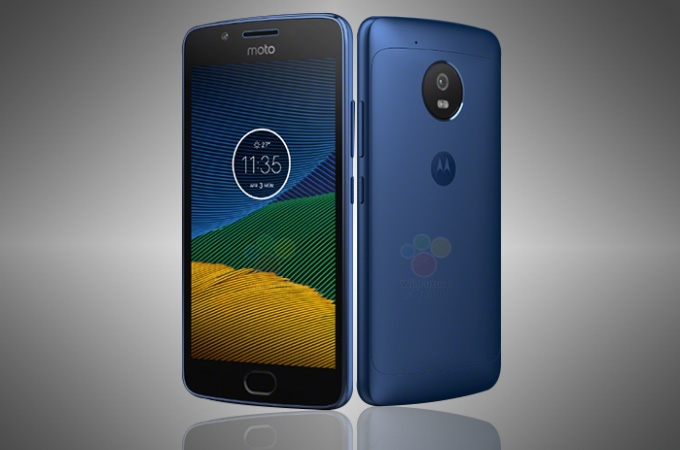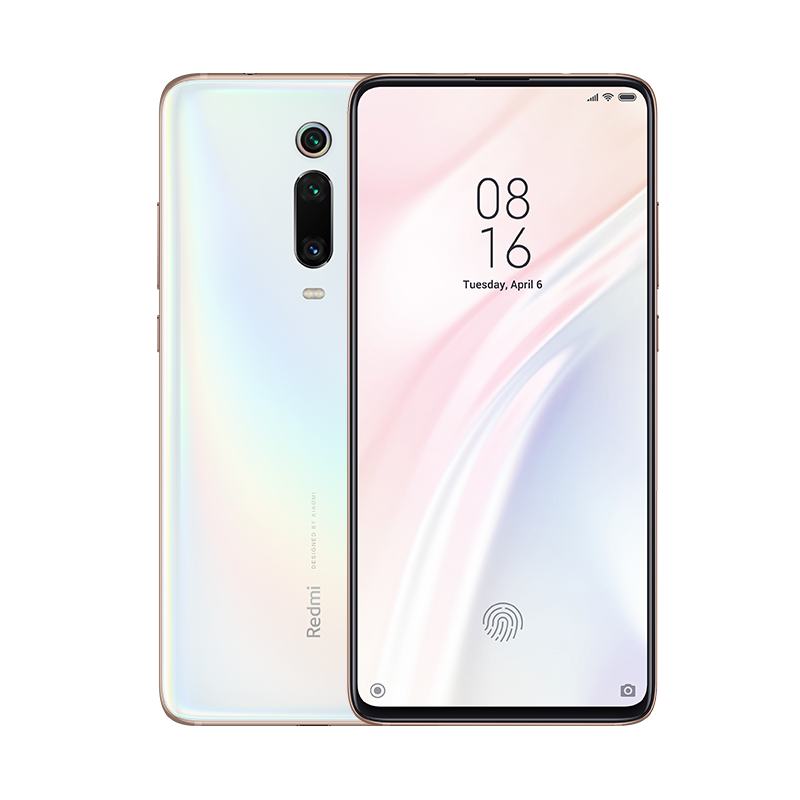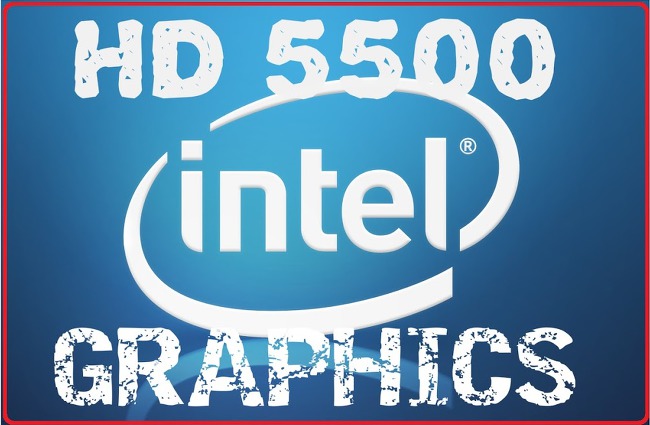Gadgets
Best Smartphones under Rs 15,000 in India
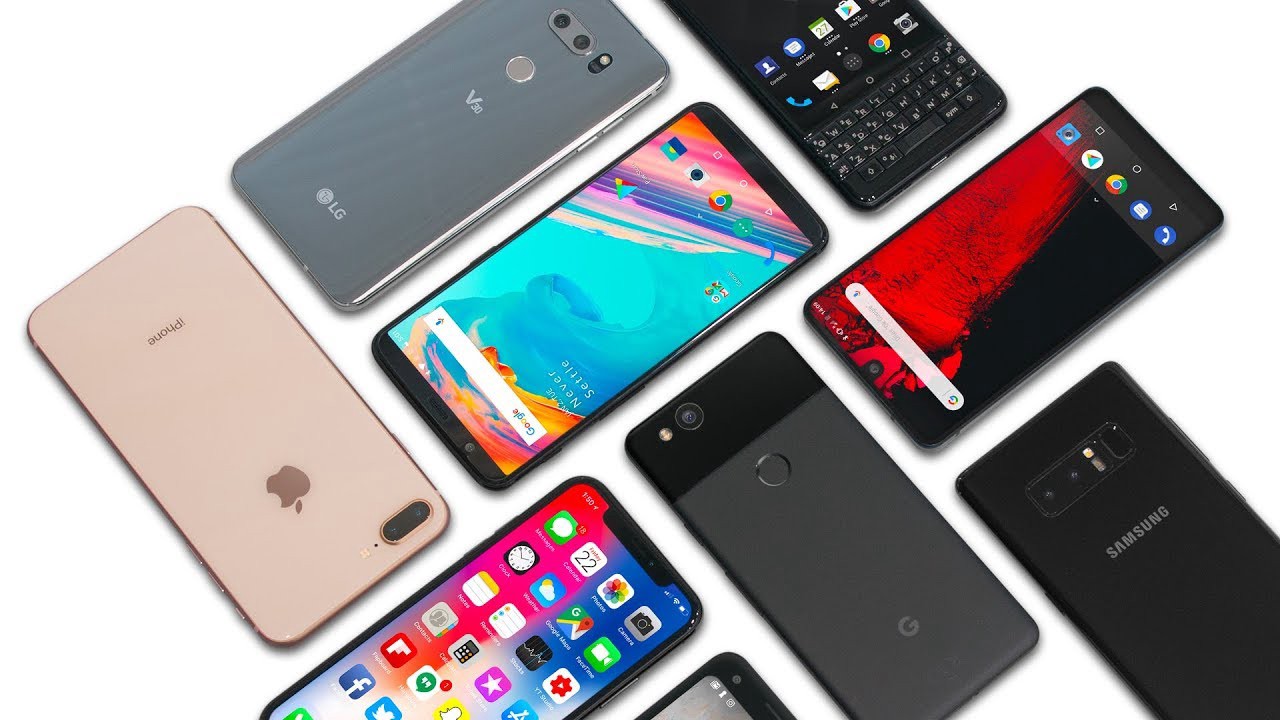
The category appears to be more exciting than ever before, and it appeals to a diverse range of users. If you’re looking for a new smartphone, here are the finest options around Rs 15,000 for June 2021.
With the debut of the Redmi Note 10S in mid-May, Xiaomi has made the under Rs 15000 smartphone sector pretty attractive. The Redmi Note 10, Poco X3, and Realme 8G were all interesting possibilities in the category, but the Redmi Note 10S adds to the heat. Most of these phones have AMOLED displays, and some even have high refresh rates and 5G connectivity, which were not available on inexpensive phones until last year.
Table of Contents
Redmi Note 10S
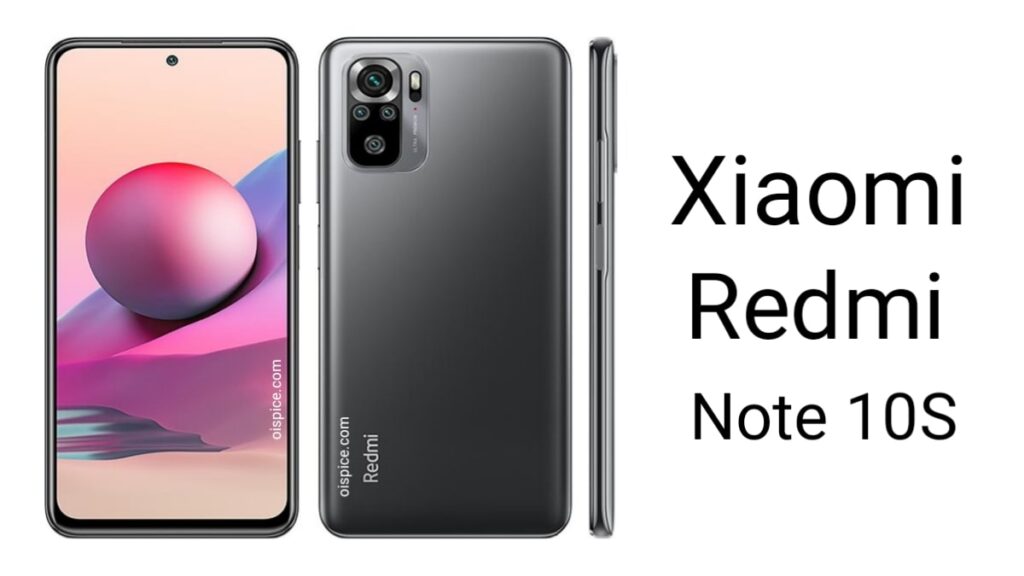
The Redmi Note 10S is the newest addition to the category, providing interested clients with a better option than the previously existing Redmi Note 10 without boosting the price too much. The base variant of the smartphone costs Rs 14,999. The display is a 6.43-inch Full HD+ AMOLED with a 60Hz refresh rate. It is powered by a MediaTek Helio G95 octa-core processor. The Redmi Note 10S is powered by a 5000mAh battery and runs Android 11.
A 64-megapixel primary camera, an 8-megapixel ultra-wide angle camera, a 2-megapixel depth sensor, and a 2-megapixel macro camera are all included in the phone. It has a 13-megapixel front-facing camera for selfies. In India, the smartphone also debuted MIUI 12.5 which is a refreshing experience to use.
Our conclusion: The Redmi Note 10S appears to be a fantastic smartphone with a nice design, a small form factor, a sharp display, and decent cameras. Given that it covered all price points between Rs 12,000 and Rs 22,000, we still think Xiaomi could have omitted it, but that’s completely a brand decision.
Realme 8 5G
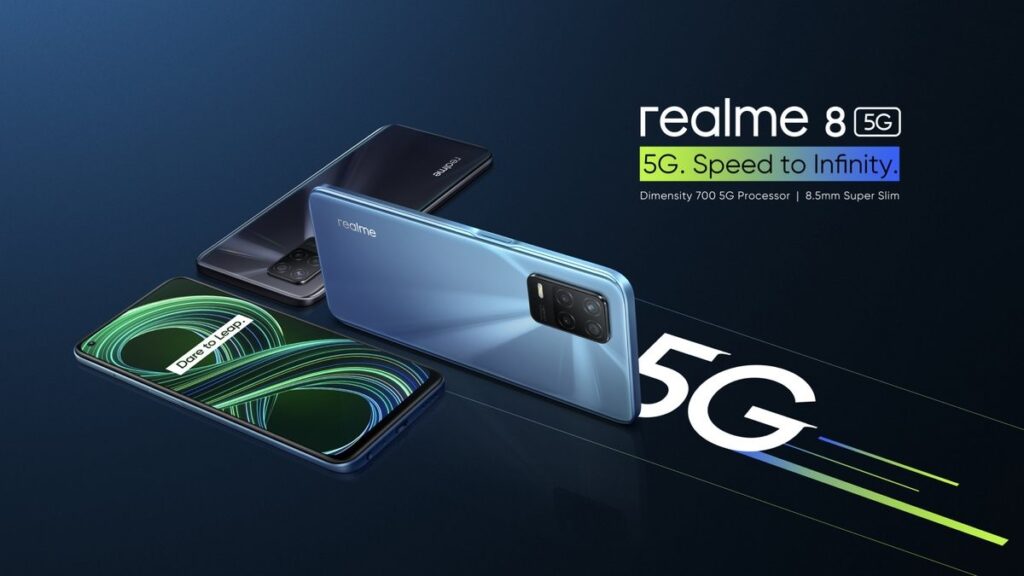
The Realme 8G, which is also priced at Rs 14,999 and, as the name says, supports 5G, is a direct competitor to the Redmi Note 10S. The phone has a 6.5-inch Full-HD+ 90Hz display with a 90.5 screen-to-body ratio and a pixel density of 405 pixels per inch. An octa-core MediaTek Dimensity 700 processor powers the Realme 8 5G.
The 48-megapixel main camera on the Realme 8 5G is accompanied by a 2-megapixel monochrome camera and a 2-megapixel macro camera. There’s a 16-megapixel selfie camera on the front.
Our Judgement – The smartphone is future-ready, which means you won’t need to buy a new phone for at least a year, when India is projected to have the requisite 5G infrastructure. Not only does the phone have 5G, but it also has a silky-smooth display, a long-lasting battery, and likely good cameras.
Redmi Note 10
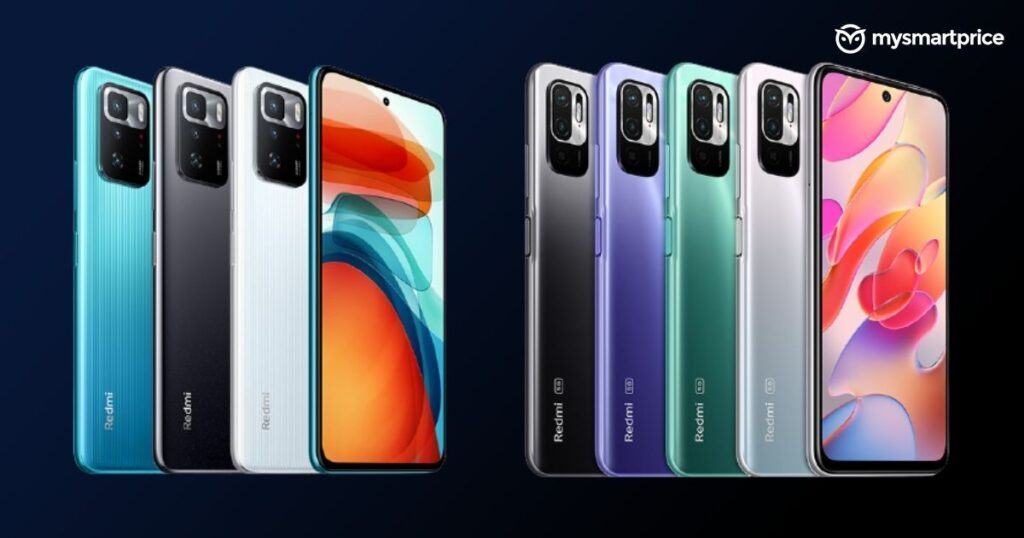
Despite the competition and subsequent releases, the Redmi Note 10 remains one of the best smartphones around Rs 15,000 in India. It has a Corning Gorilla Glass 3 display and a 6.43-inch Full-HD+ Super AMOLED display with 1100 nits peak brightness. In the retail packaging, the handset comes with a 3300mAh battery and a 33W fast charger. Along with a powerful Snapdragon 678 SoC, there’s also a quad-rea camera configuration.
A 48-megapixel main camera, an 8-megapixel ultra-wide angle camera, a 2-megapixel depth sensor, and a 2-megapixel macro camera are all included in the smartphone. It has a 13-megapixel front-facing camera for selfies.
Conclusion: For the price, we found the Redmi Note 10 to be a very capable device. It has a good display, a stylish design, and a long battery life.
Motorola Moto G30
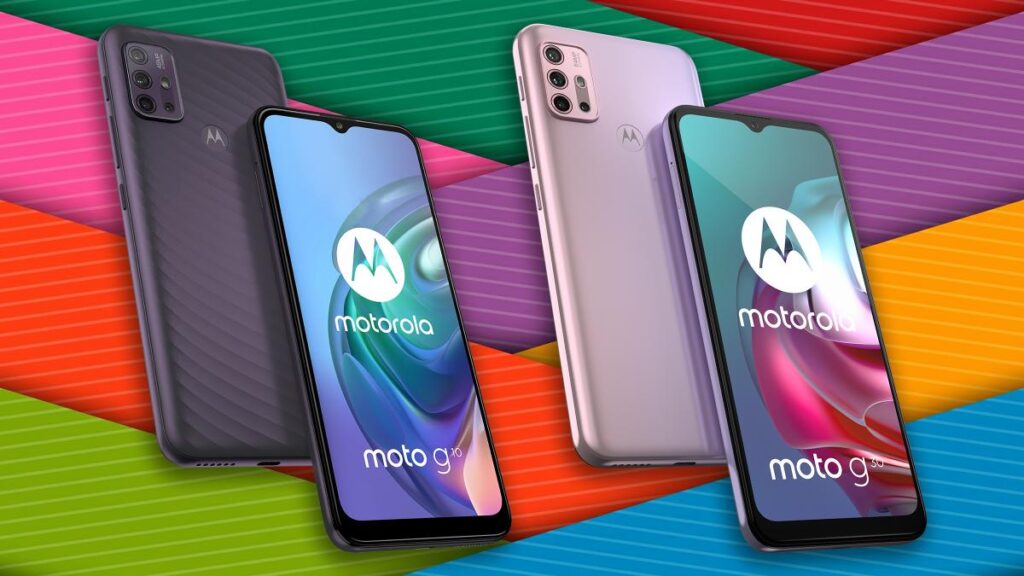
It’s encouraging to see Motorola learn from its errors and properly price their phones. The Moto G30 is a perfect example of this. The phone has a Qualcomm Snapdragon 662 processor and 4GB of RAM as well as 64GB of storage.
It comes with a 5,000mAh battery and a 20W charger, as well as an HD+ display with a 90Hz refresh rate. A 64-megapixel primary camera, an 8-megapixel ultra-wide angle camera, a 2-megapixel macro camera, and a 2-megapixel depth sensor make up the quad-camera configuration on the Moto G30.
Our Opinion – For Rs 10,999, it offers an impressive camera setup as well as a good processor for simple tasks. Given its price tag, the Moto G30’s battery life is actually quite good. As a result, it qualifies as a budget-friendly device.
Poco X3

The Poco X3 is the only smartphone on this list that stands out from the rest. It’s the only phone under Rs 15,000 with a 120Hz refresh rate and a significantly more powerful chipset. The phone’s 6GB RAM and 64GB storage option is priced at Rs 14,999. A 6000mAh battery, 120Hz refresh rate display, Snapdragon 732 SoC, and 64-megapixel primary camera sensor are all included.
Apart from the processor, the most of the features are identical to those found in the more expensive Poco X3 Pro. Both phones have a striking resemblance in appearance.
Our Verdict: The Poco X3 is a powerful performer that delivers a little more than its price tag. For the ordinary shopper searching for a phone under Rs 15,000, there are a few options.
Gadgets
Fastest Growing 5G Smarphone Brand Globally : Q3 2021 Reports

According to a recent survey, Realme was the fastest-growing 5G Android smartphone brand in the world in Q3 2021, with sales up 831 percent year over year (YoY). Realme’s sales also outperformed global 5G smartphone sales, which increased by 121 percent year over year.
In India, where 5G technology has yet to be implemented, Realme’s 5G sales climbed 9,519 percent year over year. According to the Department of Telecommunications (DoT), 5G telecom services would be available in certain Indian cities in 2022, a year when demand for 5G devices is likely to increase.
According to Counterpoint Research’s monthly Market Pulse Service report, Realme’s sales growth enabled the company maintain its sixth-place ranking in worldwide 5G Android smartphone sales for the second quarter in a row.
Realme India CEO Madhav Sheth stated earlier this year that the company aspires to be India’s 5G leader. In addition, the company is working to introduce 5G technology to the sub-Rs. 10,000 market. Realme’s excellent multi-channel strategy and a large 5G offering across pricing bands, according to Research Director Tarun Pathak, helped it expand the fastest.
Its sister brands Oppo (165 percent growth) and Vivo (147 percent growth) came in second and third place in the worldwide market, respectively, selling mid-to-high-end 5G smartphones. BBK Electronics, based in China, owns all of these businesses.
Another Chinese firm, Xiaomi, came in fourth place with a 134 percent year-over-year increase in 5G smartphone sales. Samsung came in fifth place, with a 70 percent increase from Q3 2020. In Q4 2020, Apple, the current 5G market leader, will enter the 5G smartphone market.
“5G has permeated the market far faster than its predecessor. As 5G technology advances, we enter the next phase of expansion, which will be aided by maturing and expanding device portfolios. Furthermore, due to the increased availability of 5G components, the firms actively promoted 5G handsets,” Pathak noted.
In terms of regional growth, Realme 5G smartphone sales increased 9,519 percent year over year in India, a country that will introduce 5G technology in select locations in 2022. China had the second-best growth, with 5G sales increasing by 830 percent year over year, making it one of China’s fastest-growing 5G smartphone brands. Europe had the third-highest growth rate.
“As 5G rollouts increase up, Realme’s 5G expansion in emerging regions has also positioned it well for the future.” All OEMs will need to focus on affordability and accessibility in order to take advantage of the massive 5G opportunity,” said Varun Mishra, Senior Analyst.
Gadgets
Pixel 5A Reviewed: The Best of Google and Android
The Pixel 5A is a fine phone, but it’s not perfect. There are a few flaws to be aware of: its security support policy is adequate but not exceptional. It also strangely lacks software support for C-band 5G frequencies, which US carriers will begin using in the coming years. It’s only available in the United States and Japan, and it’s not even available through the big carriers in the United States.
However, Google has managed to remedy some of the shortcomings of its prior A-series models while also lowering the price. That’s not bad for a dull update.
Table of Contents
SCREEN, PERFORMANCE, AND BATTERY FOR THE GOOGLE PIXEL 5A
The Pixel 5A has a 6.34-inch 1080p OLED screen, which is somewhat larger than the 4A 5G’s 6.2-inch screen. That’s hardly a massive screen, especially when compared to the 6.5-inch and larger screens found on inexpensive Android phones. It also employs a regular 60Hz refresh rate, so you won’t enjoy the smoother scrolling experience that comes with higher refresh rates like 90 or 120Hz. From the $300 OnePlus N10 5G’s 90Hz screen to the $500 Galaxy A52 5G’s 120Hz panel, this is a feature that has progressively trickled down from the flagship class and is now available in smartphones around the 5A’s price point.
The screen of the 5A isn’t very impressive, but it’s large enough that it doesn’t look as out of place next to the competition as the 4A and 4A 5G do. It’s also just a good screen – the OLED technology produces rich contrast, and it’s bright enough to be viewed outside in direct sunlight without difficulty. The same cannot be said of some of its competitors’ displays, no matter how large they are.
The processor and memory specifications remain unchanged from the 4A 5G: the Pixel 5A employs the same Snapdragon 765G chipset with 6GB of RAM and 128GB of storage as the 4A 5G. Apps load swiftly, and I didn’t notice any noticeable lags or problems when going about my everyday duties and scrolling through social media.
Complex image processing processes are also completed in a second or two in the background, allowing you to continue snapping portrait mode images without having to wait for each frame to complete processing. I appreciate it as someone who takes far too many portrait mode shots of her cat in the hopes of getting the perfect shot.
The Pixel 5A’s improved battery life over its predecessor is a bigger deal. It has a 4,680mAh battery, compared to 3,885mAh on the 4A 5G. That’s a lot closer to the 5,000mAh batteries that the competition uses. Google calls it “all-day” performance, with up to 48 hours of battery life if extreme battery saver is turned on.
In my real-world tests, I got better results – a day of moderate use with approximately three hours of screentime often drained it down to only 70%. If you’re a heavy user who spends a lot of time on Wi-Fi, you should get at least a day out of the battery, and if you’re a light user who spends a lot of time on Wi-Fi, you should get at least 48 hours.
IP RATING AND BUILD QUALITY OF THE GOOGLE PIXEL 5A
The Pixel 5A has an IP67 dust and waterproof rating, which means it can be immersed for up to 30 minutes in three feet of water. Outside of the Samsung A52 5G and iPhone SE, official IP ratings are uncommon in the $500-and-under category, so this is one area where the 5A shines.
The phone has Gorilla Glass 3 on the front panel for screen protection, and a metal unibody behind the outer plastic shell. I like the matte surface on the plastic panel because it’s less slippery than a shiny finish and hides smudges better.
SOFTWARE FOR GOOGLE PIXEL 5A AND 5G CONNECTIVITY
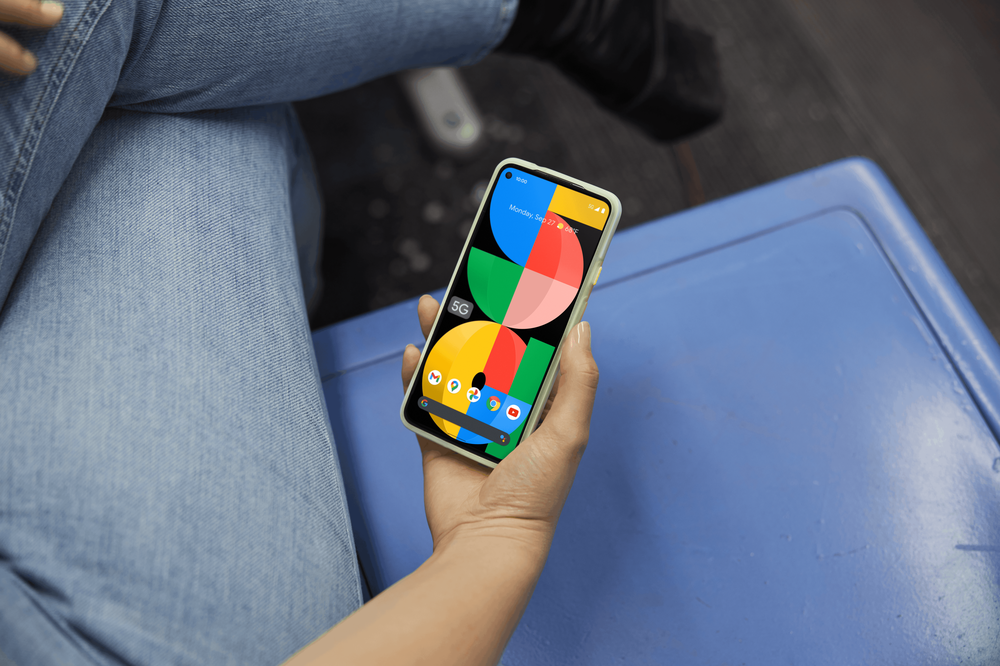
The 5A comes preloaded with Android 11 and comes with Google’s standard three-year OS and security update agreement. Although this is a longer lifespan than most inexpensive phones, Samsung just began providing four years of security upgrades with its A-series handsets, and Apple will patch the six-year-old iPhone 6S this fall.
The Pixel 5A, of course, comes with 5G connection. It will be available on all major US carriers and, unlike the 4A 5G, will not be available in a mmWave-compatible configuration. Verizon insisted on selling phones that could connect to its super-fast, hard-to-find mmWave 5G network, so Google, like many other companies, created a more expensive version of the 4A 5G that could connect to the network for Verizon’s retail shelves. This time, that will not be the case, and no one will be disappointed.
This year, there is only one color option: black. You may add some color to your life with one of the colorful case options, which are designed to protect your phone from drops and bumps. Some, like “black moss” and “maybe moon” (which also sound like Neko Case song titles? ), are more neutral, but I chose “likely lime” for my review unit, and I do not like it. It has a little Nickelodeon vibe about it from the 1990s. Please return the fabric case to me.
The absence of mmWave 5G isn’t a big deal, but the 5A’s lack of C-band capability at launch is. The nice mid-band material that carriers will gradually begin adding at the end of this year and over the next few years is known as C-band. Although the Pixel 5A has the necessary hardware and FCC certification to use C-band, Google has yet to enable software compatibility for these frequencies. It may add support in the future, but it makes no promises.
It’s surprising that Google won’t commit to supporting C-band when there are a slew of budget and midrange phones on the market right now, starting at $279 for the Galaxy A32. T-Mobile consumers won’t have to worry as much because the company won’t be dependent on the C-band as much. However, if you’re on Verizon or AT&T and expect to keep your phone for the next two to three years, this might become a significant disadvantage when those carriers enable C-band and (theoretically) strengthen their 5G networks.
CAMERA- GOOGLE PIXEL 5A
The camera technology on the 5A doesn’t appear to be particularly intriguing on paper, but it adds up to a lot more than the sum of its parts. Optical image stabilization is included in the 12.2-megapixel main back camera, which is rare for a camera under $500. This type of lens-based stabilization ensures that more of your images remain sharp, which is particularly useful in low-light situations.
A 16-megapixel ultrawide camera is also included, as well as an 8-megapixel selfie camera. When compared to rival phones’ triple- and quad-rear camera arrays, this may not seem like much, but those third and fourth cameras are usually low-quality macro and depth sensors that aren’t really useful anyhow.
If those specifications sound familiar, it’s because they’re the same as the Pixel 5 and Pixel 4A 5G, which is fine for this model. Despite the lack of new sensors or lenses, the 5A still has the greatest photo quality in the midrange segment, thanks in large part to Google’s intelligent image processing. While many of the Pixel 5A’s competitors can capture good images in bright outside light, Google remains the budget class’s low light winner.
What was true of the imaging capabilities of the 4A and 5 is likewise true of the 5A. It does a good job with high-contrast scenarios, and colors are portrayed more organically than on a Samsung phone. Portrait and night mode images are among the best you’ll find on a midrange phone, however you’ll notice their limitations when photographing more difficult subjects. When it comes to equipping the Pixel 6 to compete with the world’s Samsung and Apple flagships, Google has a lot of work ahead of it. It can afford to hold stationary for another year in the budget class because it has such a strong start.
There are phones in the $400 and $500 range that have more flashy distinguishing features than the Google Pixel 5A. The Samsung Galaxy A52 5G comes with a 6.5-inch display with a 120Hz refresh rate. The TCL 20 Pro has a curved display similar to that of a flagship phone and supports wireless charging. The Motorola Moto G Stylus features a large display and a stylus, of course.
The Pixel 5A, on the other hand, is a good all-arounder with a wonderful UI, quick software upgrades, and all of the essentials covered at a fair price. The 4A 5G was already a good phone, but the 5A’s clever additions, like as waterproofing and a larger battery, make it easier than ever to recommend it to a wide spectrum of individuals.
There’s also the issue of C-band 5G and whether or not Google would support it in the future. It’s difficult to envision the corporation refusing to support it after the frequencies are widely used, but we feel you shouldn’t buy a device today because of a hypothetical update tomorrow. Customers of Verizon and AT&T should be aware of this.
It’s a shame the Pixel 5A will have such a limited distribution, both in terms of countries where it will be accessible and in terms of where it will (and won’t) be sold in the United States, because it’s a phone I’d suggest to a lot of people. It outperforms the competition in some areas, like as camera quality and waterproofing, while falling short in others, such as screen size and battery life.
Because of its restricted availability, it appears to be more of a “if you know you know” device than the phone you recommend to your uncle when he wonders what to get with his two-year carrier upgrade package. That’s a shame, because this is a very boring, very decent phone that I believe many people would enjoy.
-
Gaming4 years ago
Download Grand Theft Auto V Reloaded (Ultimate Repack)
-
Gaming4 years ago
Make Custom Fortnite Skin in 6 easy steps
-
Cryptocurrency4 years ago
Are Bitcoin Transactions Anonymous? Everything Explained
-
Technology4 years ago
How to Stop Discord From Opening On Startup – Full Guide
-
Gaming4 years ago
Top 7 Games You Can Play With Intel HD 5500, 8GB of RAM, and an Intel i5 Processor
-
Technology3 years ago
What Is Quickbooks Online – Top Benefits of the Software Package
-
Technology3 years ago
Email Archiving Open Source – What You Must Learn
-
Cryptocurrency4 years ago
What is The Name of the General Ledger that Tracks all Bitcoin Transactions?



